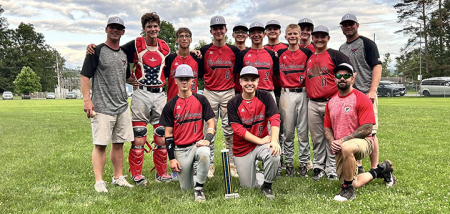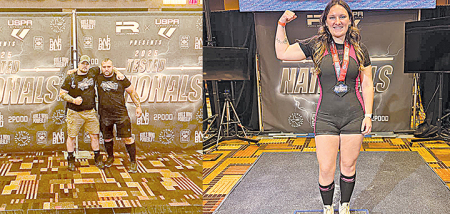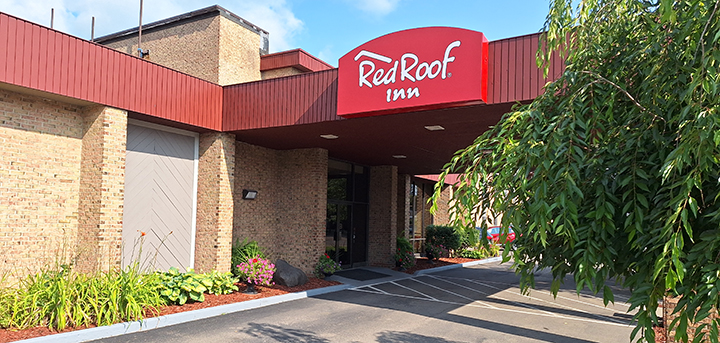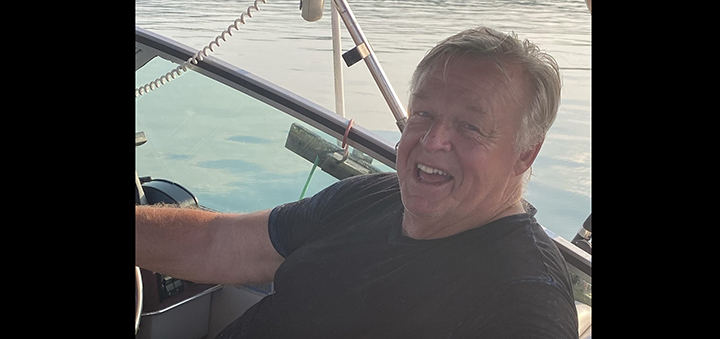Fishing From A Kayak
Published:
June 20th, 2019
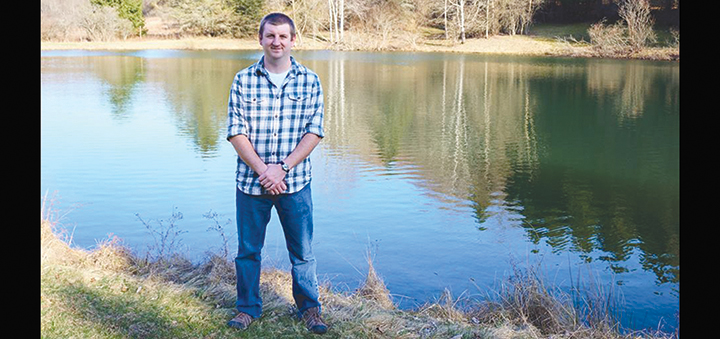
Eric Davis
Sun Outdoor Columnist
While every fisherman, or woman, dreams of spending their time on the water in a brand new, top of the line boat the truth is that not everyone can afford to buy their ideal fishing rig.
In high school, I purchased a late-1980s Bass Tracker that really helped my bass fishing hit the next level. For the few years that I had it, I fished as much as possible. However, after improper winter storage the motor seized and the boat was pretty much useless. As a sophomore in college, I didn’t have any money to fix the motor or buy another one, so I ended up selling the boat.
Two years later, after getting offered a job in North Dakota for the summer I bought a compact sedan and sold my pickup truck. Now I drive a hatchback crossover, which does not allow me to tow anything but it has a roof rack that I use to carry my kayak.
Fishing from a kayak is totally different than fishing from a boat, which can be good and bad. Kayaks rely on human power to move anywhere. This saves you in fuel costs but taking a couple mile trip in a kayak takes a lot longer than a boat with a motor. Shallow areas with stumps, rocks, and other large obstacles that don’t get fished very hard by boating anglers can be dynamite spots in a kayak. Fishing from a kayak does limit what your gear options are by having a much smaller storage capacity.
There are fishing model kayaks being made by pretty much every kayak manufacturer which have features that are advantageous over a “regular” kayak. No matter what kind of kayak you have, the following ideas should be helpful.
Know your ability and stamina for paddling. Don’t bring your fishing stuff the first time or two that you take your kayak out. Get used to the way it sits in the water, how it reacts to your paddling, and how it handles waves or the wind. There is nothing more frustrating than lining up the perfect cast then having the wind move your kayak too fast before you can execute it. Also pay attention to the wind as it is easier to drift with the wind and fish than to constantly fight the wind between casts. Knowing how far you can paddle before getting fatigued will keep you from going too far from the launch and then getting tired on the return trip (especially if your arms are tired from catching so many fish).
Invest in a drybox. This lets you put water-sensitive items (cell phone, car keys, etc.) inside a water-tight container while you are out on the water. Make sure the box will float with your stuff inside of it in the event of capsizing. Also, always wear a personal floatation device (PFD) when kayaking. In the event of your kayak rolling over and needing to exit the cockpit, a PFD will keep you floating until you can get help.
Due to the limited storage space, you must bring a set amount of tackle. I prefer to bring a few clear plastic tackle boxes as they are easier to deal with individually than using one big bulky box. The boxes I bring are sold in the soft tackle bag kits where three or four boxes come inside the bag. A few years ago, when I worked at a big box store, I noticed a soft plastics binder on clearance and decided to buy it. It has a zipper around the outside and inside are a bunch of resealable plastic bags on 2 binder rings. Most people will empty a soft plastics bag into each spot in the binder making it easier to flip through and see their options for soft plastics. I use mine slightly differently. I have soft plastics in a few of the baggies but I also have a bag with hooks, swivels, and sinkers. Another bag has forceps and a small tape measure. By consolidating these things in one place, I don’t have to fumble around if I need to remove a hook from a fish or retie after getting broken off.
When thinking about what fishing rods to use, a shorter rod makes landing a fish easier at the side of the kayak as you don’t have to raise the tip of the rod as far. While it may seem like a gimmick, look at rod floats. They look like chunks of pool noodles or pipe insulation that wrap around your fishing rod above the handle. In the event of a rod going overboard, they will keep it from sinking to the bottom.
As you get out and give kayak fishing a try, you will find things that work for you and things that don’t. The key is to get out and do it. Chenango County has some great places to kayak fish from Balsam Pond to Millbrook Reservoir to the Chenango River.
Comments






